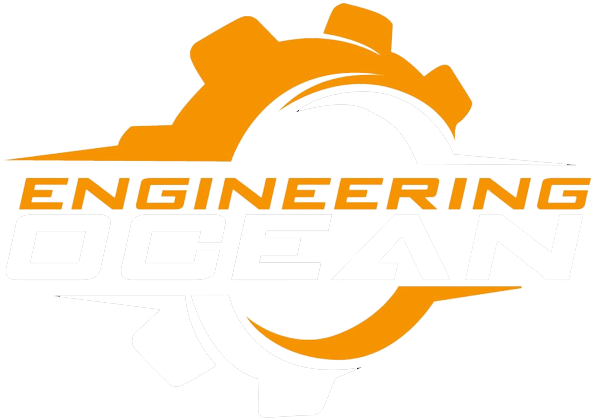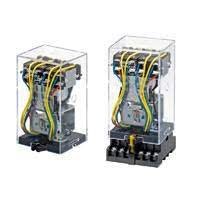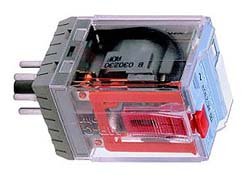Choosing the Right Media Pressure Sensor for Your Application
Media pressure sensors play a crucial role in monitoring and controlling the pressure of fluids and gases in many different industries and applications, helping to ensure the safe and efficient operation of systems and processes.

How Media Pressure Sensors Function and Measure Pressure
Media pressure sensors work by detecting changes in pressure within a system and converting those changes into an electrical signal. The basic components of a media pressure sensor include a pressure-sensitive element, a housing, and a transducer.
The pressure-sensitive element, typically a piezoelectric crystal, diaphragm, or strain gauge, reacts to changes in pressure by deforming slightly. This deformation generates an electrical charge, which is proportional to the pressure applied.
The housing contains the pressure-sensitive element and protects it from the environment, while the transducer converts the electrical signal generated by the pressure-sensitive element into a form that can be transmitted and processed.
The output from the media pressure sensor can be used to monitor pressure within a system or to control other devices in response to changes in pressure. For example, in an industrial process control system, the output from the pressure sensor can be used to regulate the flow of fluid, to maintain a stable pressure, or to trigger alarms if pressure exceeds safe levels.
In summary, media pressure sensors work by detecting changes in pressure within a system and converting these changes into an electrical signal, which can then be transmitted and processed for monitoring and control purposes.

Applications of Media Pressure Sensors in Various Industries
Media pressure sensors are used in a wide range of industries, including:
- Automotive: Media pressure sensors are used in the automotive industry to monitor and control various systems such as fuel and oil pressure, boost pressure in turbochargers, and air conditioning pressure.
- Aerospace: In the aerospace industry, media pressure sensors are used to monitor the pressure of gases in engines, fuel tanks, and other critical systems.
- Process Control: In industrial process control systems, media pressure sensors are used to monitor and control fluid and gas pressure, to ensure stable and efficient operation.
- Medical Devices: In the medical device industry, media pressure sensors are used in a variety of applications, including monitoring of respiratory pressure, blood pressure, and pressure in other body cavities.
- Oil and Gas: In the oil and gas industry, media pressure sensors are used to monitor the pressure of drilling fluids, production fluids, and gas pipelines.
- Environmental Monitoring: Media pressure sensors are used in environmental monitoring systems to measure atmospheric pressure, barometric pressure, and pressure in water and soil.
- Food and Beverage: In the food and beverage industry, media pressure sensors are used to monitor the pressure of liquids in processing and packaging operations.

Importance of Accurate Pressure Measurement in Industrial Process Control
Accurate pressure measurement is critical in industrial process control systems for several reasons:
- Process Efficiency: Accurate pressure measurement helps to optimize the flow of fluid and gas, reducing waste and increasing efficiency in the process. This can result in reduced energy consumption, lower costs, and increased productivity.
- Safety: In many industrial processes, the pressure of fluids and gases must be maintained within a safe operating range to prevent equipment damage, leaks, and other safety hazards. Accurate pressure measurement helps to monitor and control these pressures, ensuring safe operation of the system.
- Quality Control: In many industries, the quality of the final product is dependent on the pressure of the fluid or gas used in the process. Accurate pressure measurement helps to monitor and control these pressures, ensuring consistent quality of the final product.
- Regulatory Compliance: Many industries are subject to regulatory requirements for the control and monitoring of pressure, for example in the food and beverage industry. Accurate pressure measurement helps to ensure compliance with these regulations, avoiding penalties and legal liabilities.
- Trouble-Shooting: Accurate pressure measurement is critical in the detection of problems in the process. For example, an unexpected change in pressure can indicate a leak or clog in the system, allowing for prompt corrective action to be taken.
The Role of Media Pressure Sensors in Medical Devices and Healthcare
Media pressure sensors play a crucial role in medical devices and healthcare, serving a variety of applications in patient monitoring and treatment. Some of the key roles of media pressure sensors in the medical field include:
Blood Pressure Monitoring
Blood pressure is a critical parameter in patient monitoring, and media pressure sensors are used in a variety of devices to accurately measure and monitor blood pressure.
Respiratory Monitoring
Media pressure sensors are used in respiratory monitoring devices to measure the pressure of breathing gases, providing valuable information on the patient’s breathing patterns and lung function.
Intracavitary Pressure Monitoring
Media pressure sensors are used to measure the pressure inside body cavities, including the bladder, esophagus, and intestines. This information is used to diagnose and treat conditions such as incontinence, reflux, and bowel obstruction.
Infusion Pressure Monitoring
In the administration of intravenous fluids, it is important to monitor the pressure of the fluid to ensure that it is being delivered at the correct rate and pressure. Media pressure sensors are used in infusion pumps to monitor the pressure of the fluid, ensuring the safe and effective administration of medications and fluids.
Monitoring of Anesthetic Gas
In surgical and anesthesia applications, media pressure sensors are used to monitor the pressure of the anesthetic gas, ensuring that the correct pressure and flow rate are maintained during the procedure.




